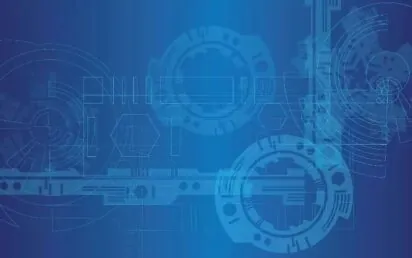The flying cars promised in movies like Blade Runner and Back to the Future may be closer than you think – if Uber has its way.
The tech giant plans to connect the whole of the UK with ‘flying taxi’ drones which do not require massive changes to infrastructure like those seen in projects such as HS2.
Uber has invested £17 million into a flying vehicle research facility in Paris, its first R&D centre outside the US, as it looks to begin uberAIR commercial operations in three major cities within five years.
The firm is working with NASA on VTOL (vertical take-off and landing) vehicles, which could also offer long-distance transport to compete with the rail and bus networks.
Tom Younger, Uber’s head of cities for the UK and Ireland, told BusinessCloud that in the long-term it makes sense to use the skies for routine travel between cities.
“uberAIR will allow consumers to take long-distance trips easily and quickly between cities – for instance, from Manchester city centre to Liverpool,” he said. “It will connect all these northern powerhouses.”
HS2 – High Speed Two – is a controversial high-speed railway line which will connect London with major urban centres via trains running at up to 250mph. The first stage of the project, estimated for completion in 2026, will connect the capital to Birmingham. The second stage, linking Birmingham to Leeds and Manchester, will not be finished before 2033.
Liverpool and Sheffield will be next in line to be connected while there have been calls to extend high-speed train services to cities such as Bristol, Cardiff, Newcastle and Edinburgh.
The projected cost is currently £56 billion, more than £23m higher than that estimated in 2010. In March of this year alone, HS2 bought as much land as there is in the state of Monaco.
“If you look at HS2 and the works that go on to build that, it’s huge. You have to tear through a lot of land and infrastructure. You’re changing the landscape entirely,” said Younger.
The ultimate aim is for uberAIR customers to merely push a button on their phones to summon a flight.
He explained: “[An uberAIR network] could repurpose the tops of buildings in cities that are effectively unused. They could all become facilities for what we call ‘vertiports’ – the spaces where VTOL drones would pick up passengers.
“Initially, this will be quite an expensive product, but over time – when people mass-adopt it – we’ll start to see more utilisation and we’ll see an increase in the number of VTOLs.”
Dallas and Los Angeles have already been confirmed as launch cities while Uber is seeking a third international city to come on board, with Paris and London tipped to be potential sites. The company is aiming to schedule demonstration flights in these cities by 2020.
However the plans suffered a blow last month when Uber’s chief product officer Jeff Holden, who oversaw development of its flying car operation, left the firm.
“Paris will probably be the first to roll it out in Europe,” is Younger’s view. “The first step in the UK will always naturally be London.”
However he praised the “innovation” on display in the North, as many of its local councils are working closely with Uber to better integrate its services.
“Leeds and Manchester were two of the quickest cities to grow with Uber. Users took it and grew very quickly,” he said.
Uber’s intention is to run an all-electric/hybrid car fleet by 2025 while also making it easier to schedule Uber rides around bus and train journeys.
“We want to become a mass transit app so that when you use the app, you can book a train or bus and then get an Uber home,” he said.
“We also want Uber to become a leader in electric; we want to be pioneering the movement towards a cleaner city.
“There’s a lot of misconceptions about Uber still, and we’re doing all we can to make sure that people understand the value we can add as a multi-modal transport option and not just a taxi app.”

